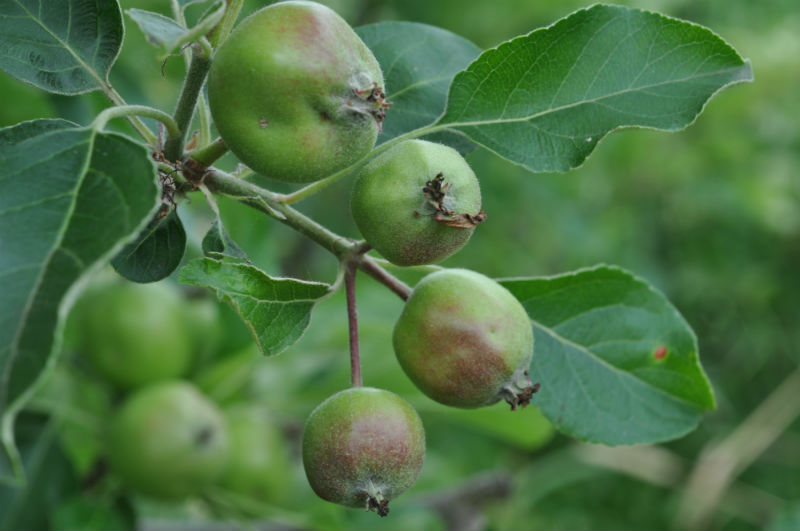Orchardist: Mark Scott, Nannup Fresh Fruit
Situation:
The main issues focussed on are mites, apple dimpling bug (ADB), weevils, wooly apple aphid (WAA), MedFly, spring beetle, snails, powdery mildew, apple scab and pear scab. Current IPDM involves monitoring for ADB and spring beetle, spot monitoring for mites through the season paying attention to known hotspots and looking out for signs of damage. Monitoring for ADB has worked well and ducks have been used successfully to manage snails (although managing ducks is extra work). WAA is starting to re-appear, possibly due to choice of pesticides to control weevils.
The business has been using pest scouting for years and Mark contributed to the original IPM manual in WA. The orchard is 20 ha including 8 ha of apples and pears, 10 ha of stone fruit, and 2 ha of mixed fruit.
Mission:
To achieve acceptable control of pests and diseases without negative effects on beneficials.
Execution:
- Consider storing some Aphelinus mali parasitised WAA for release of A. mali in late spring.
- Investigate use of cumulative leaf infested days (CLIDs) instead of mites/leaf or percentage leaves infested to determine the need to spray mites
- Consider developing inter-row sward that supports predators over winter and limits weeds.
- Apply oil spray at green tip against bryobia mite.
Administration:
- David Williams to supply information on CLIDs
- Mark and Alison to develop a pre-plan for responding to issues that may develop
- Ask an expert facility in IPDM website is available for additional support and expertise
- David and Alison are available for feedback
Safety:
- Experiments can be stressful, but no useful results will occur unless the participants maintain their nerve
- Stress can be reduced by setting realistic targets that stretch comfort zones without creating major financial risks
- Stress can be reduced by taking the time to seek expert advice on the problem, either in the planning phase or before the problem gets out of control, rather than making knee-jerk decisions
- Regular assessments of pest and disease populations and damage levels will allow timely changes to approach before significant damage occurs

